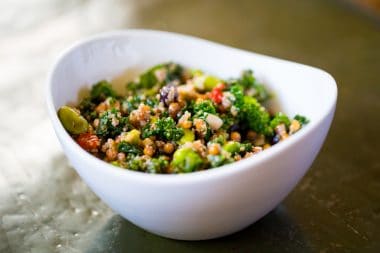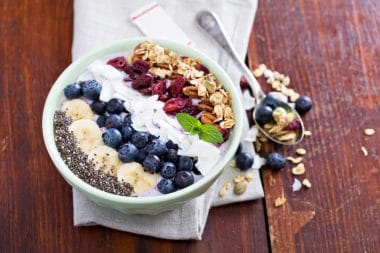Studies have been done that demonstrate the effects of eating fatty foods, and how such a diet contributes to chest pains, or angina, particularly such pain directly after a meal. The hypothesis at the outset was that, after meals, the blood flow is redirected to the stomach to aid in digestion, and away from the heart, which would lead to chest pain.
This intuitive leap was supported by repeated studies. The first, in 1955, demonstrated that researchers could induce angina in patients by having them drink fat.
Comparisons were made between people eating low-fat meals and high-fat meals of comparable caloric content, and it was found that the people eating low-fat suffered none of the chest pain that the people eating high-fat meals did.
What it comes down to is that high fat content in the blood stream affects a person’s endothelial function. The endothelium is the inner lining of blood cells, and when in the presence of high fat content, this lining is not able to contract and dilate as it well as it would be able to in a low-fat environment. This inability to contact and dilate appropriately impedes the flow of blood going where it needs to go, and makes angina happen.
Further studies were done that precluded the possibility that there is a placebo effect, or that the process of digestion is what is responsible for the impairment of the endothelium.
Even a single indulgent meal can hit the heart hard. #HealthStatus
Follow HealthStatus
Tweet Now
Key Points:
- 1Postprandial angina, or chest pains after a meal, is a common ailment among people.
- 2Researchers found in the 50s that this this feeling could be easily induced by feeding people pure fat.
- 3It has been shown that the lining of the artery gets irritated the easiest by excessive fat.








Reply